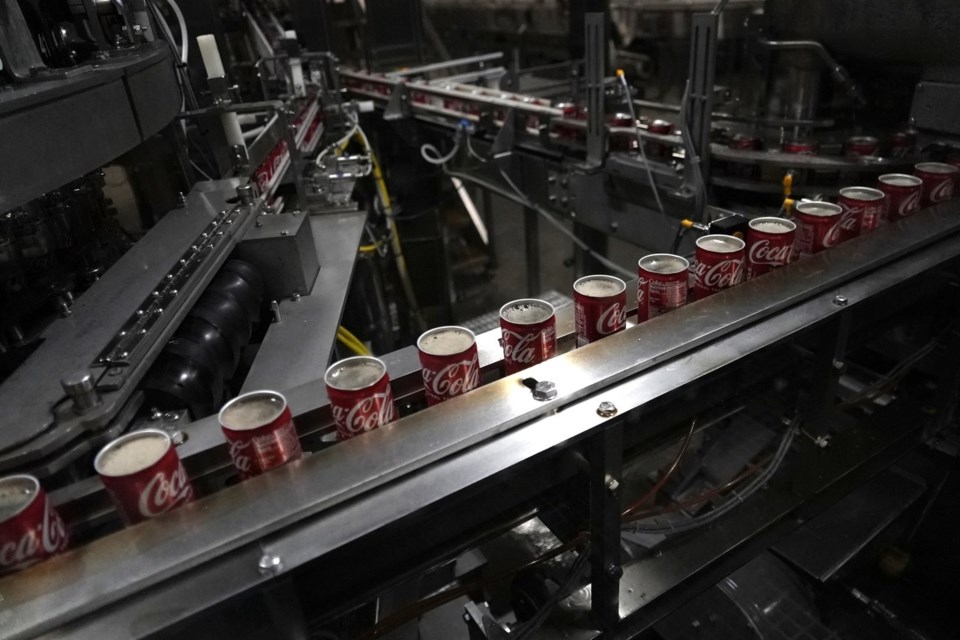WASHINGTON (AP) — Wholesale costs in the United States picked up sharply last month, signaling that price pressures are still evident in the economy even though inflation has tumbled from the peak levels it hit more than two years ago.
The Labor Department reported Thursday that its producer price index — which tracks inflation before it reaches consumers — rose 0.4% last month from October, up from 0.3% the month before. Measured from 12 months earlier, wholesale prices climbed 3% in November, the sharpest year-over-year rise since February 2023.
Excluding volatile food and energy prices, so-called core producer prices rose 0.2% from October and 3.4% from November 2023.
Higher food prices pushed up the November wholesale inflation reading, which came in hotter than economists had expected. Surging prices of fruits, vegetables and eggs drove wholesale food costs up 3.1% from October. They had been unchanged the month before.
The wholesale price report comes a day after the government reported that from a year earlier, up from an annual gain of 2.6% in October. The increase, fueled by pricier used cars, hotel rooms and groceries, showed that elevated inflation has yet to be fully tamed.
Inflation in consumer prices has plummeted from a four-decade high 9.1% in June 2022. Yet despite having reached relatively low levels, it has so far remained persistently above the Fed’s 2% target.
Despite the modest upticks in inflation last month, the Federal Reserve is poised to cut its benchmark interest rate next week for a third consecutive time. In 2022 and 2023, the Fed raised its key short-term rate 11 times — to a two-decade high — in a drive to reverse an inflationary surge that followed the economy's unexpectedly strong recovery from the COVID-19 recession. The steady cooling of inflation led the central bank, starting in the fall, to begin reversing that move.
In September, the Fed slashed its benchmark rate, which affects many consumer and business loans, by a sizable half-point. It followed that move with a quarter-point rate cut in November. Those cuts lowered the central bank’s key rate to 4.6%, down from a four-decade high of 5.3%.
The producer price index released Thursday can offer an early look at where consumer inflation might be headed. Economists also watch it because some of its components, notably healthcare and financial services, flow into the Fed’s preferred inflation gauge — the personal consumption expenditures, or PCE, index.
Despite the overall uptick in producer prices, Paul Ashworth of Capital Economics noted in a commentary that the components that feed into the PCE index were “universally weak" in November and make it even more likely that the Fed will cut its benchmark rate next week.
President-elect Donald Trump’s forthcoming agenda has raised concerns about the future path of inflation and whether the Fed will continue to cut rates. Though Trump has vowed to force prices down, in part by encouraging oil and gas drilling, some of his other campaign vows — to impose massive taxes on imports, for example, and to deport millions of immigrants working illegally in the United States — are widely seen as inflationary.
Still, Wall Street traders foresee a 98% likelihood of a third Fed rate cut next week, according to the CME FedWatch tool.
Paul Wiseman, The Associated Press




